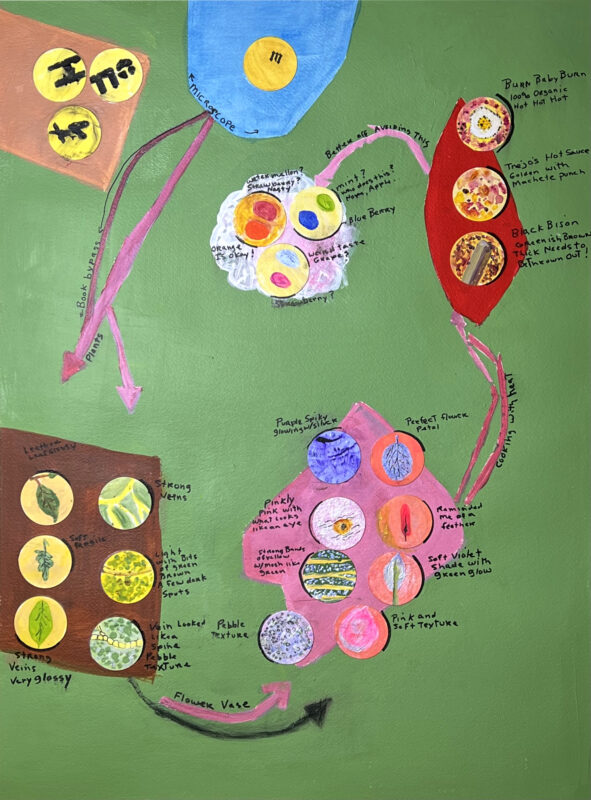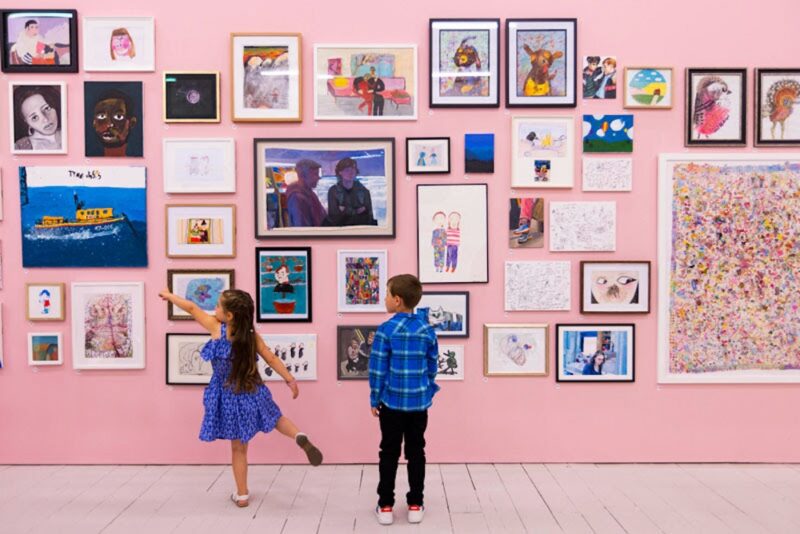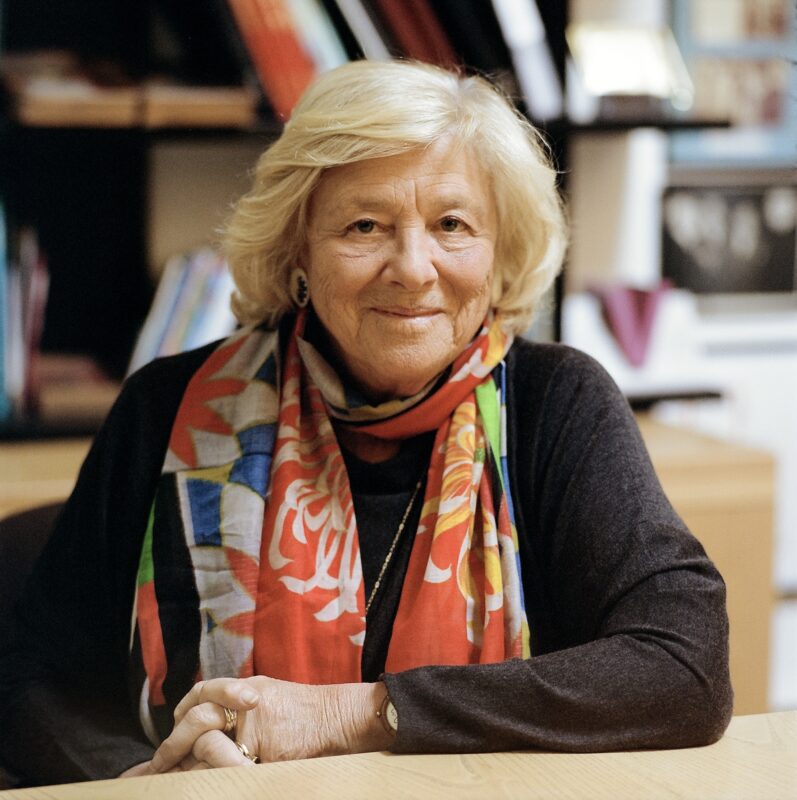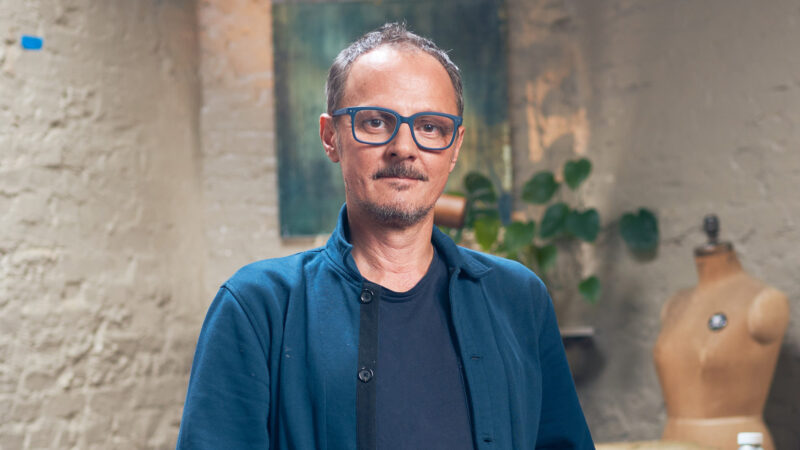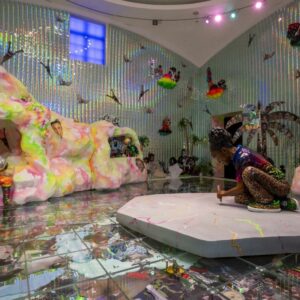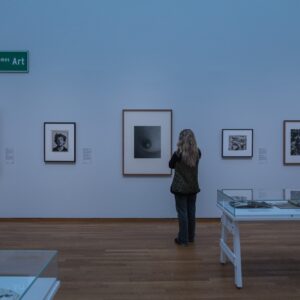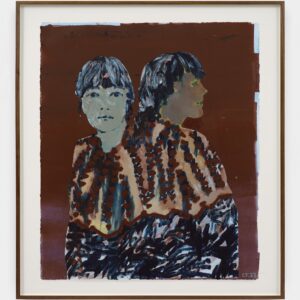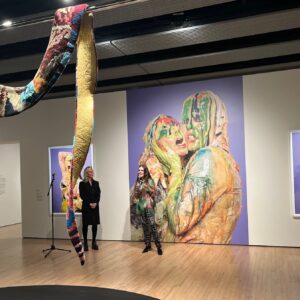In digital art, collaboration entails more than just file sharing; it also entails combining the visions of several artists to realize a single artistic concept, much like when writing a custom essay that demands distinct input and meticulous attention to detail. Similar to writing an essay, where every concept must come together to produce a well-organized, superior work, teamwork can be the hidden force that raises the bar on average to extraordinary art. Working together on digital art projects, whether for school credit or on a freelance basis, brings students together for an unforgettable experience that promotes individual and group artistic growth, creativity, and innovation.
Digital art production has its own set of problems, especially when it involves a group of artists. How will you ensure that each individual art style and idea is presented? How will you integrate various concepts to come up with one masterpiece? How do you share the files? If these are the questions that are running in your head, here are some tricks and guidelines for effective collaboration in digital arts.
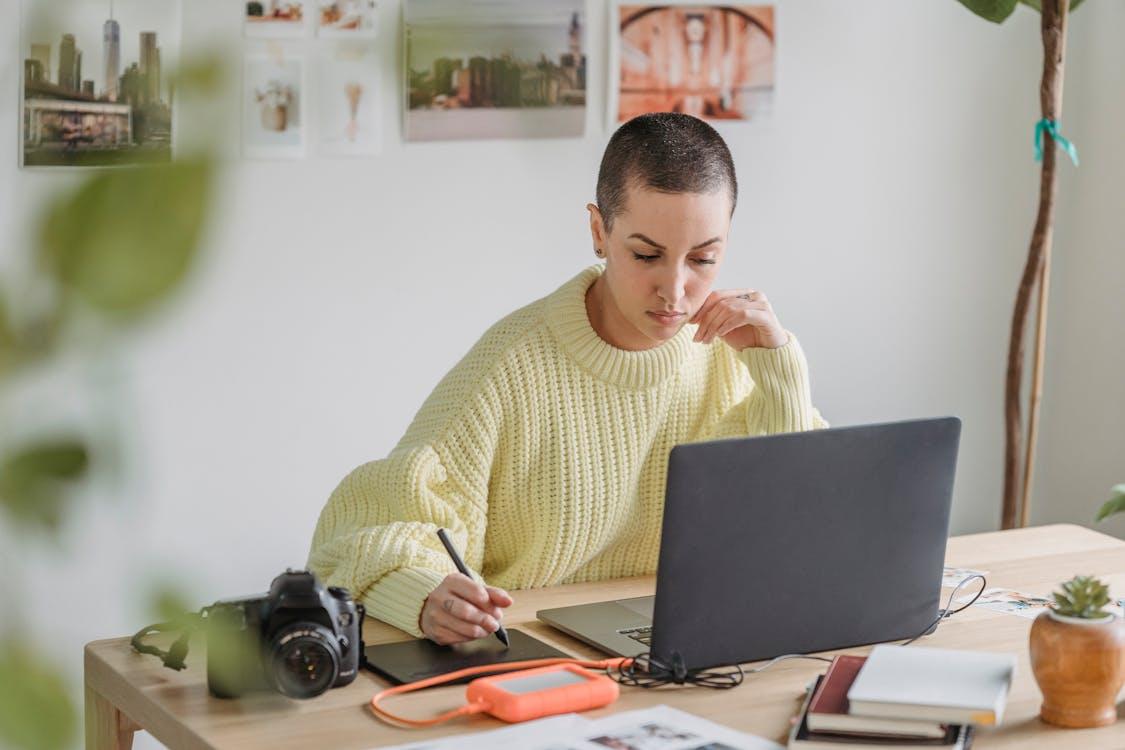
Choose the Right Collaboration Tools
One of the ways you can make collaboration in digital art easier is by choosing the right tools that allow for real-time and simultaneous collaboration. Real-time go-to tools for digital art are cloud-based platforms such as Procreate, Adobe, Creative Cloud, or Figma. These tools have shared workspaces that allow multiple users to work on a project. They keep an account of every edit in real-time and give feedback. It is good to note that your choice of software to use depends on the project; for example, Adobe Photoshop and Illustrator are good when creating digital illustrations, while Figma is superior in prototyping and UI/UX designs. Remember, discuss the type of art you are going for, and then pick the tool that best fits every member. The key to coordination is to choose the tools that are an adequate fit for your project. So sit down with the members, discuss the type of art you are going for, and then pick the tool that best fits the scope.
Establish Clear Communication
One of digital art collaboration’s biggest challenges is ensuring all voices are heard. It requires constant communication, without which some ideas may get lost or the teams end up with unharmonious art. With digital art collaboration projects, there are no shortcuts in communication. You need a communication and feedback loop. All the artist must air their views to ensure the art harmoniously comes to life. From the onset, it is good to establish how you are going to communicate on the progress.
Assign Roles and Responsibilities
The easiest way to mess up a digital project is to have unclear roles. Remember, you are collaborating, so if there’s no systematic approach, confusion ensues, leading to duplicated tasks or some being completely forgotten. This is why assigning clear roles is crucial. Clarity and organization are key to success. In fact, the best essay writing service often follows a similar structure, with different experts handling research, writing, and editing to produce top-notch work. Digital projects involve various processes. You can assign roles according to these processes. For instance, one person can handle concept sketches, another vector illustrations, and others take on coloring, editing, and final touches. Doing so ensures there is clarity on who does what.
Pro tip: When assigning tasks, ensure that the strengths and weaknesses of each artist are checked. Allocate tasks based on strengths. For instance, if one team member is great at shading and the other at vector illustrations, let them take charge in those areas. It will help to improve the overall quality of the work.
Create a Collaborative Workflow
In digital collaborations, a clear workflow is the difference between an extraordinary work of art and chaos. The art workflow should have these four main parts: ideation, sketching, feedback, and execution. Ideation allows every artist to air their ideas and inspirations for the project. Sketching involves the creation of rough drafts for the designs for the first assessment. After completion of the sketches, the feedback stage follows and involves the team discussions on the outcome of the art: what is great and what needs changing. The execution is the last part and involves creating the final design, with each team member focused on the area to which they were assigned.
To create a collaborative workflow in digital projects, use project management tools. Tools such as Notion, Asana, or Trello are packed with features that help to complete a project efficiently. These tools ensure that all the tasks are listed and their respective deadlines, especially for multi-layer digital art projects. It will also help check on progress to ensure nobody is lagging behind.
Ensure Compatibility in File Formats for Sharing and Storage Purposes
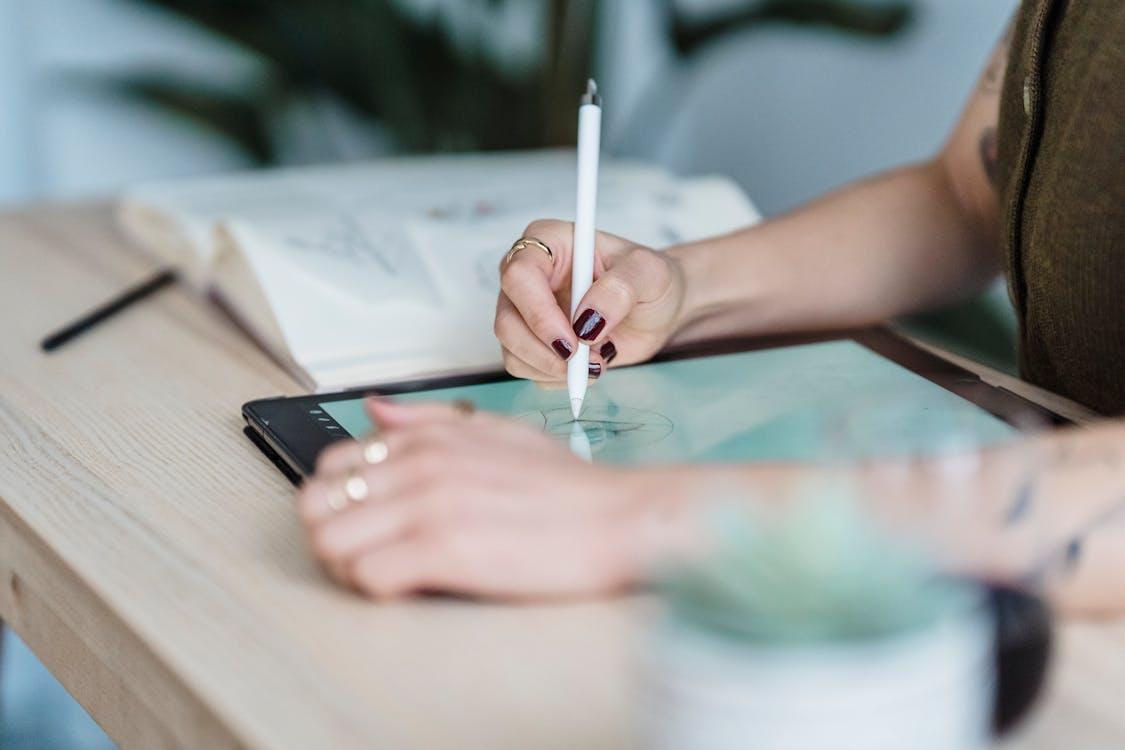
One overlooked aspect of digital art collaboration is the compatibility of files. Imagine that after you are done with your assigned roles, you find that the one-week project file formats are incompatible. That is one week going to waste. Always agree with the formats since incompatibility leads to quality loss and formatting issues. For example, converting between TIFF and PSD leads to quality loss. Therefore, agree on standard file formats for a seamless workflow.
Also, ensure that you use cloud-based services to store and share files. Cloud-based services make it easy to organize work as team members can create different folders for the different task sections. They also allow for ease of sharing and tracking for accountability purposes. Using cloud-based services also prevents the integrity of art creation by limiting who can access or edit the work. It also acts as a backup to avoid loss in progress.
Parting Shot
Collaboration in digital art does not have to be overwhelming. It is possible with the right tools, well-defined responsibilities and roles, coordinated workflow, and communication. So, utilize the tips above to make collaboration in digital art seamless and to ace your next digital project.
